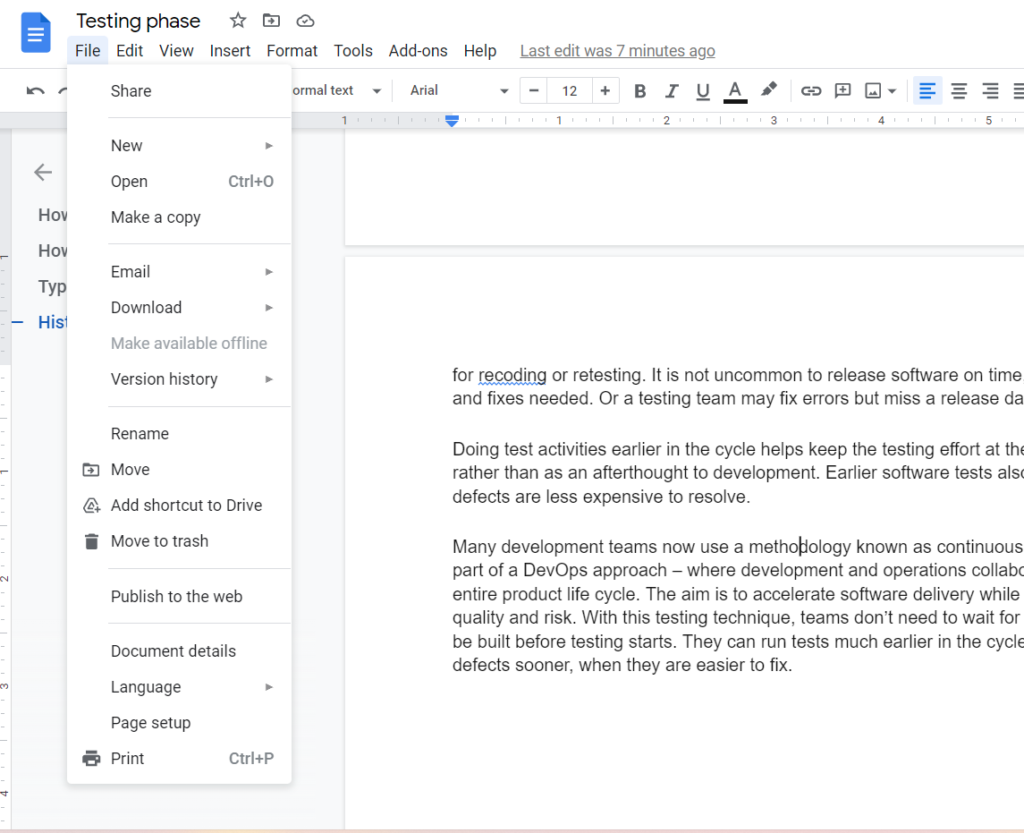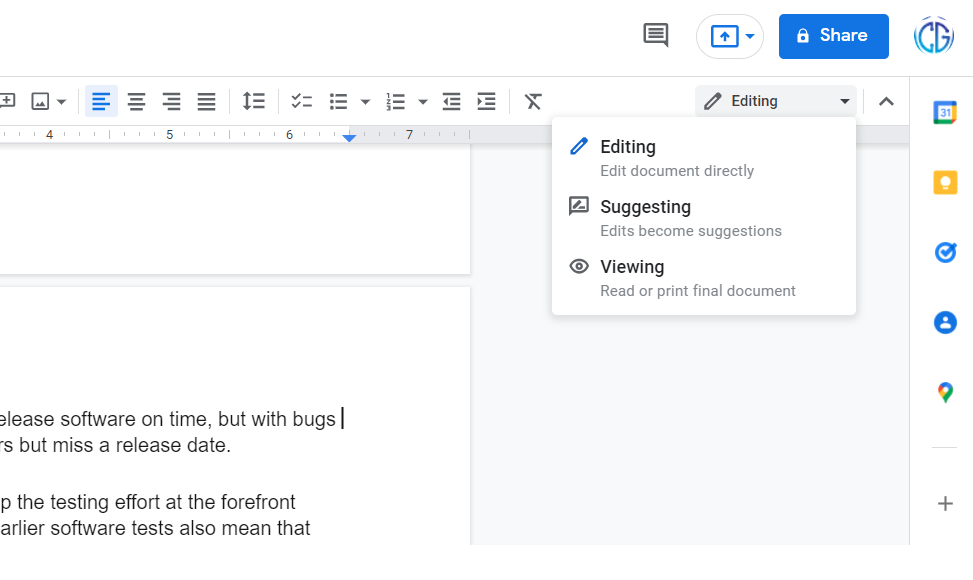The Difference Between Track Changes in Word and Track Changes in Excel
Document collaboration in Microsoft Word is done in a sequential manner. One person turns on “Track changes,” works on a document, completes editing, and submits it to the next person for review. This individual can review and update the recorded changes, resulting in different versions of the same document.
Contents Table of Contents
There are no different copies of a document on Google Docs; instead, there is a single copy in the cloud that may be changed by several people at the same time. If you want to learn more about the distinctions between Google Docs and Microsoft Word, go visit Google Docs vs. Microsoft Word – What Are the Differences?
Remember to Share Your Document
If you want to keep track of changes in a Google Doc so that someone else may evaluate them, you’ll need to share the document with them.
Examine the Revision History of the Document
Google Docs keeps track of a document’s history beginning with its creation. So, even if you forget or don’t remember how to track changes in your Google Doc, you can always check the revision history:
Activate your Google Doc. Select File > Version History > Previous Versions > Previous Versions > Previous Versions > Previous See the Version History for further information. Every revision session for that document is listed in the right-hand window, along with the time, date, and author. You may examine the modifications made by each editor by clicking on any of these. You can give a particular version a name or generate a copy as a new Google Doc by clicking the three vertical dots on any automatically created versions. If someone made detrimental alterations to the text, you can also restore the document to any prior version.
Make use of the Suggesting Mode
Suggesting mode is the closest thing Google Docs has to a change tracking function. This is especially beneficial if you’ve been asked to alter someone else’s document. When you use the Suggesting mode, you should:
Edits will be highlighted in a different color. On the right-hand side of the Doc, you’ll notice those changes summarized as comments. You and other editors can communicate via chat about specific changes within the comment bubbles. When you’ve reached an agreement on a change, select the checkmark to accept it, or the X to reject it.
Here’s an example of how it may appear:
It’s simple to enable Suggesting mode:
Leave your thoughts for other users.
You can provide comments for other editors and authors to add context to your suggestions in addition to the automatic suggestions. To submit a comment, please use the following format:
Download your document as a Word document.
By saving your Google Doc as a Word document, you may convert suggestions into tracked modifications. Suggestions will appear as tracked changes in Word, with all comments maintained. This is how you do it: Select File > Download > Microsoft Word from the File menu. Note that the downloaded document is now separate from the cloud-based Google Doc. The cloud version will not reflect any changes made to that document. You’ll have to publish the Word document as a new Google Doc and share it from scratch if you wish to share the revisions. This method of editing across Word and Docs is not recommended because it can be time consuming, introduce formatting errors, and cause confusion. Microsoft 365, which contains similar cloud-based services and collaboration, is a suitable alternative.
You’ll never get lost again.
Google Docs now allows you to track and share changes. Just remember to share this article with any other editors who are working on the same manuscript with you, as they will all need to activate suggestion mode on their own.


![]()
